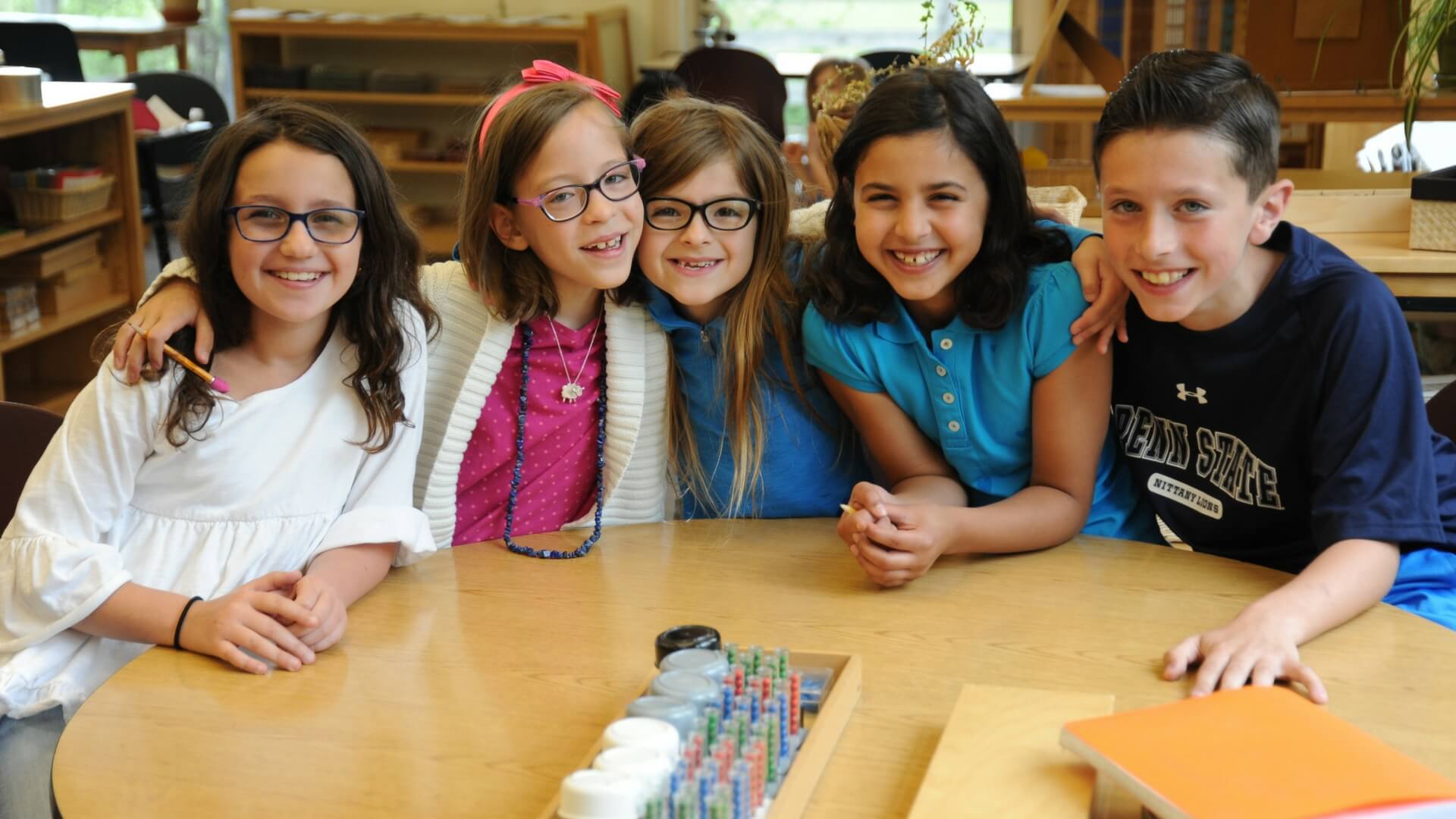Kindergarten, it’s often said, is where you learn everything you need to know. And while it’s true that you’ll need a few other skills in your proverbial tool belt, it’s no exaggeration to say that kindergarten certainly gives students a running start. With such an abundance of material being covered, as a parent you’ll want to help reinforce all the concepts being taught. What’s the most effective way to engage your kindergartener and sharpen her skills? Games! But with a wide variety of topics being taught from reading to math, how do you find different games devoted to each of them? The answer: KABOOM! With one simple game, you can practice just about any topic a kindergarten student may encounter.
What is KABOOM!?
Simply put, KABOOM! is a game where players draw large wooden craft sticks (like those used as tongue depressors) from a cup. One end of the craft stick is blank, while the other end (the one in the cup, obscured from view) has a concept or skill written on it. Players take turns drawing sticks, each player completing the concept or skill written on the end of her chosen stick. If a student gets the concept right, she gets to keep the stick. If she gets it wrong, the stick goes back into the cup. The goal is to get the most sticks. Beware, however, of the dreaded KABOOM! sticks! While most sticks contain a concept or skill, a few sticks have KABOOM! written on the end. If a player draws this stick, she has to put all of her sticks back in the cup and play resumes.
For example, if you wanted to practice sight words with your kindergarten student, you’d write one sight word on the end of each craft stick and place them, sight word-down, into an opaque cup. You’d then write KABOOM! on several more craft sticks and add them to the cup. Your kindergartener will start by drawing a stick and looking at the sight word she’s drawn. If she identifies the sight word correctly, she keeps the stick. If not, it goes back in the cup. Then it’s your turn. Over time, each one of you is accumulating a lot of sticks and then KABOOM! Someone picks a KABOOM! stick and has to put their entire pile back into the cup.
Why KABOOM! Works
Because you make your own game pieces (sticks) KABOOM! is personalized to meet the academic needs of the players, ensuring that you’re reinforcing the exact concepts you hope to practice. For instance, using the previous sight word example, you can easily add more sticks with new sight words as the school year progresses, increasing the difficulty but still reviewing older words. If you no longer need the older sight words, simply remove those sticks. Further, no one is “safe” from reading a particular word. Because a KABOOM! stick sends a player’s sticks back into the cup, students get plenty of opportunities to draw many different words. Just because someone else drew a word, doesn’t mean it’s permanently out of play. Another plus? Because there is no “end” to the game, play can go on indefinitely. There number of players is flexible, and because there are no clear-cut winners or losers, the game doesn’t end with arguments, boasting or tears.
What Lessons Can KABOOM! Reinforce?
What you choose to put on the sticks is only limited by your imagination. What’s more, you can create multiple “sets” of sticks for reinforcing different skills. Some suggestions are:
- Uppercase Letter Identification
- Lowercase Letter Identification
- Write the Letter or Word (Handwriting reinforcement)
- Sight Words
- Vocabulary Words
- Foreign Language Vocabulary Words (You may need to read them, but in order to earn the stick, the student is responsible for correctly translating them.)
- Number Identification
- Basic Equations ( 1+ _____ =2. What goes in the blank?)
- Small Diagrams (If students are learning the parts of a flower, you might affix a diagram of a flower on each stick and have the student identify the part that has been circled.)
KABOOM! will quickly become a game your kindergartener looks forward to playing. Fast-paced and unpredictable, it’s the perfect way to reinforce all those skills while making school work feel more like playtime.


